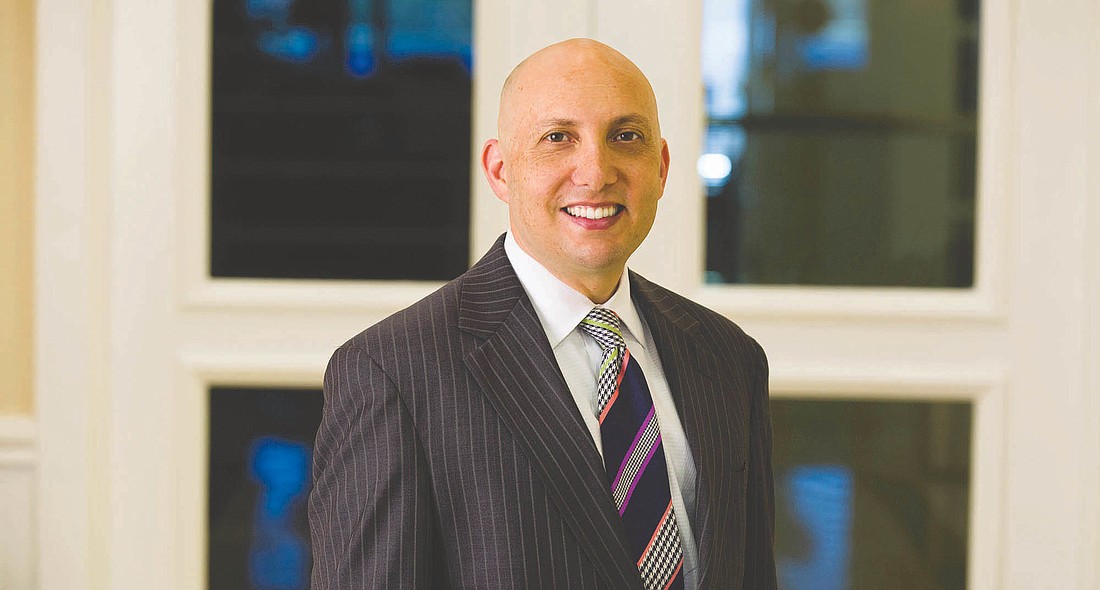
By Michael Freed, Certified Circuit Civil Mediator
I have learned more about what makes for an effective mediation during a year serving periodically as the neutral than during 25 years as an advocate.
The training to become a certified mediator is extensive, but true insight into the process comes from sitting at the head of the table and observing the positioning, posturing, strategizing and emotion that lawyers and litigants bring to mediation.
There often are opportunities missed because of what some lawyers do, and what they fail to do. For the advocate, the art of mediating is different from the art of trying a case.
However, despite the fact that more cases get resolved through mediation than trial, many advocates do not seem to fully appreciate the distinction in approach.
A renewed appreciation for the tools of mediation is in order.
I offer here a few observations on those tools from the view at the head of the table.
Draft a mediation statement worth sharing
The mediation statement is helpful for the mediator, but even more important to the opposing party so they can see, likely for the first time outside of formal legal writing, the extent of their exposure.
Resist the temptation to submit a confidential mediation statement for just the mediator to see. If necessary, draft a supplemental submission with information that you want the mediator to keep confidential.
But use that sparingly; there is little value in convincing the mediator, but great value in empowering the mediator with information to bring about a settlement.
Don’t waste the opening
There is a trend among lawyers toward waiving opening statements. That is an appropriate choice if the alternative is ineffective or counterproductive openings.
Helpful and constructive openings can go a long way to create positive momentum. A constructive opening is one that clearly and concisely informs the opposing party without being contentious or arrogant.
The opening should be prepared for, and delivered to, the opposing party – not the mediator and not opposing counsel. Litigants will decide what they will give up to settle the case. Don’t miss the opportunity to inform them why they should give up more than they planned to give up. But don’t make them so angry that they offer less than that with which they came.
There is a place for empathy and contrition
Litigants bring emotion, hurt feelings and perceived injustice to mediation, even business disputes. The litigation process often compounds this.
Mediation is the only time a lawyer and client can speak directly to the opposing party outside of the adversarial process. And what is said in mediation stays in mediation. Don’t waste that opportunity. Consider showing empathy and understanding.
And, if appropriate, offer an apology or some show of contrition, at least for the circumstances that have brought you together. I have seen an apology save significant money and time.
Prepare your client
The most effective lawyers at mediation are those who prepare their clients for how the process works and what to expect. If a client expects a dog fight, then they will either be disappointed by what is actually a conciliatory process or the lawyer will perform aggressively for the client and lose the opportunity to win over the opposing party.
Well-prepared clients are passionate but composed at mediation, two qualities that often factor meaningfully into the opposing party’s exposure assessment. A well-prepared client also is focused on obtaining the outcome that is best for them and not necessarily on what is worst for their adversary.
Any momentum is good momentum
Be patient, particularly in the first few rounds of breakout sessions.
By design, the mediator should have a better perspective than the attorneys of where the parties are and where they might end up. The first few moves can be grueling, but as the process is moving forward and the mediator has the feel for positions and personalities, big things can happen.
Be creative
Trials are a zero-sum game. One party wins and the other loses.
In mediation, however, the sky is the limit. There are opportunities for a win-win, or at least for both parties to get things they could not get through trial.
Letters of recommendation, licensing of intellectual property, retractions, nonsolicitation agreements, transfers of property and agreements for future business are arrows in the quiver of negotiating parties.
The bottom line is this: lawyers who approach mediation as an obligatory step in the litigation process will, more often than not, leave money and other positive opportunities on the table and have frustrated clients.
On the other hand, the advocate who approaches mediation with deliberation and sensitivity to the process and to the personalities and the interpersonal dynamics at play will materially increase client returns.
Michael Freed is a Florida Supreme Court Certified Circuit Civil Mediator and a board certified business litigator with Gunster, Yoakley & Stewart.